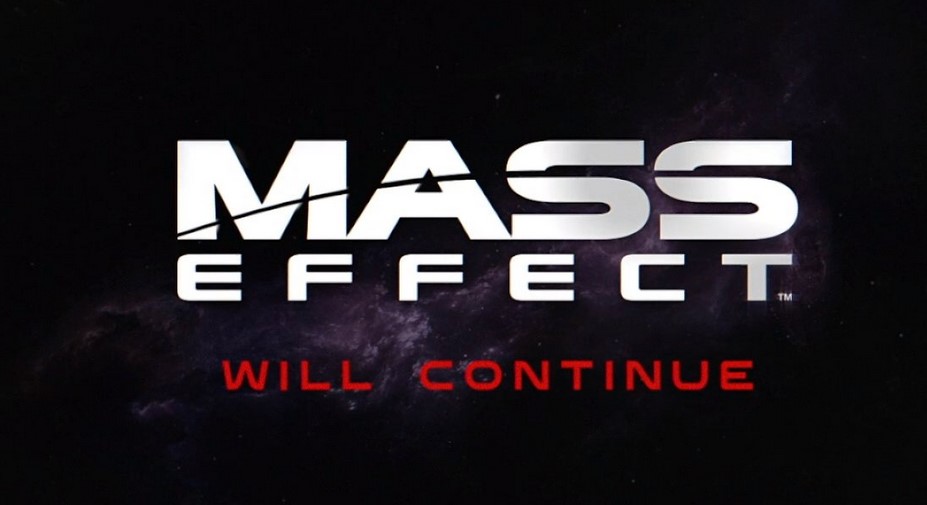NVIDIA made the decision to use Samsung’s node despite being smaller than TSMC’s to avoid provisioning issues, and while this reasoning was initially correct, the bet does not seem to have been worth it since Samsung’s 8nm process suffered very poor performance, with a consequent shortage of chips. Interestingly, about a month ago there were reports claiming that those in green had decided fly a TSMC for its SUPER line, but if that Korean story is correct, the second contract will go to Samsung as well.
A million dollar contract between NVIDIA and Samsung
Before continuing, you should keep in mind that this information comes from only one source and therefore may be wrong. Returning to the story, the report says the contract was signed on December 17, yesterday, and if the exact value is unknown, it is worth “hundreds of billions of won” (that would equate to $ 91 million). . Samsung is reportedly producing the next batch of chips at its factory in Hwaseong.
If this is true, it would free up a lot of space for TSMC against other manufacturers, as NVIDIA would leave a significant void in its manufacturing. But most importantly, if Samsung can manage to fix the performance issues of its 8nm node at once, everything indicates that NVIDIA might have an exceptional supply of chips this time around, so in this case there wouldn’t be any. . delays or problems of supply.
It is logical to think that after the situation experienced with the first batch of NVIDIA Ampere graphics and its consequent delays and problems, NVIDIA would have made this decision with new information in hand, or at least with the promise of Samsung that they will cease. to have the problems. previous. Additionally, the report mentions that Samsung is looking to close the gap with TSMC in the coming years, so NVIDIA may have decided to give Koreans a vote of confidence on this.
Samsung’s 8nm EUV, the key to the RTX 30 SUPER
The key lithographic technology that counts at nodes below 10nm (or 14nm by Intel standards) is what is called EUV. EUV (or Extreme Ultra Violet) lithography allows the foundry to significantly reduce the difficulty of making a certain node because the wavelength used is much shorter than that of standard lithographic scanners. Although it requires a dual (or even triple and quadruple) pattern with standard wavelengths, it can reach the 8nm required by NVIDIA with a single pattern on EUV.
The company says it will use EUV for its upcoming 4nm process, which will be key to bridging the gap between itself and TSMC, and it has already invested $ 8.6 billion to develop this technology in its foundries and has not. no intention of dropping the tip. of this short-term career.
This is great news for almost everyone (except for TSMC, of course) because a reduced load on TSMC may mean the end of the shortage of AMD products, and also potentially mean more supply available for NVIDIA towards the end of 2021. It is not known whether Samsung plans to fix the issues with current performance or whether it will simply subsidize the poor performance of the company. In any event, it was essential for the company to retain NVIDIA as a customer given its strong influence in the market (and demand for a cutting edge manufacturing process), so this is a winning situation. -winner. .
By the way, although it is not known which GPUs will be made in this second batch between NVIDIA and Samsung, logic indicates that we would be talking about the RTX 30 SUPER Series, or what NVIDIA calls them in this new generation.









